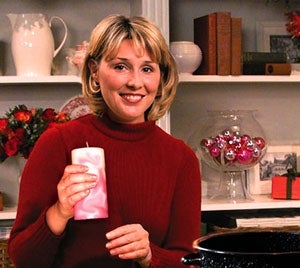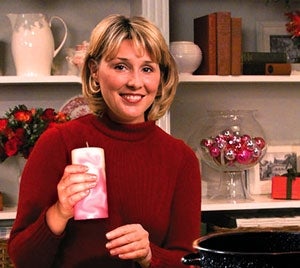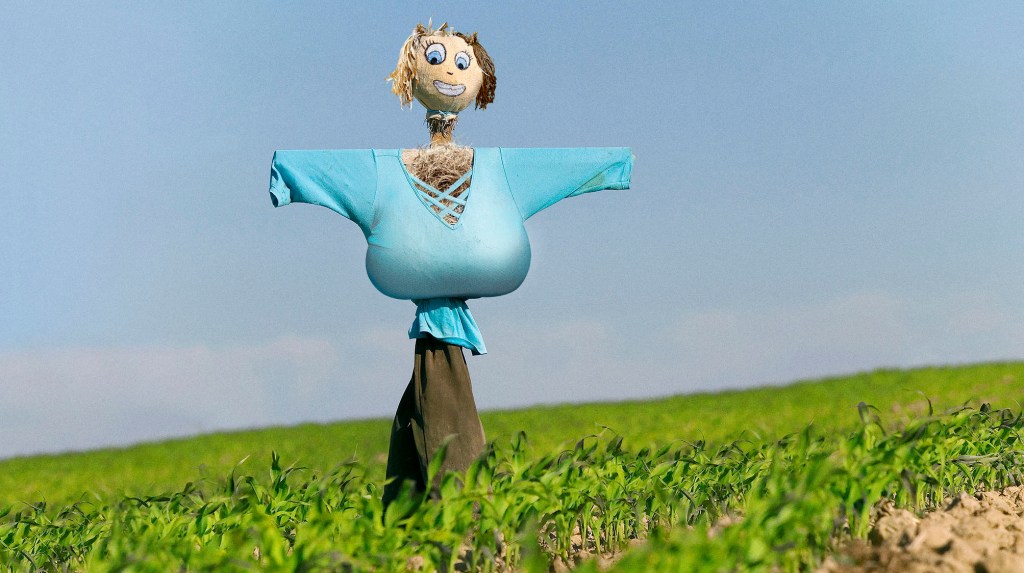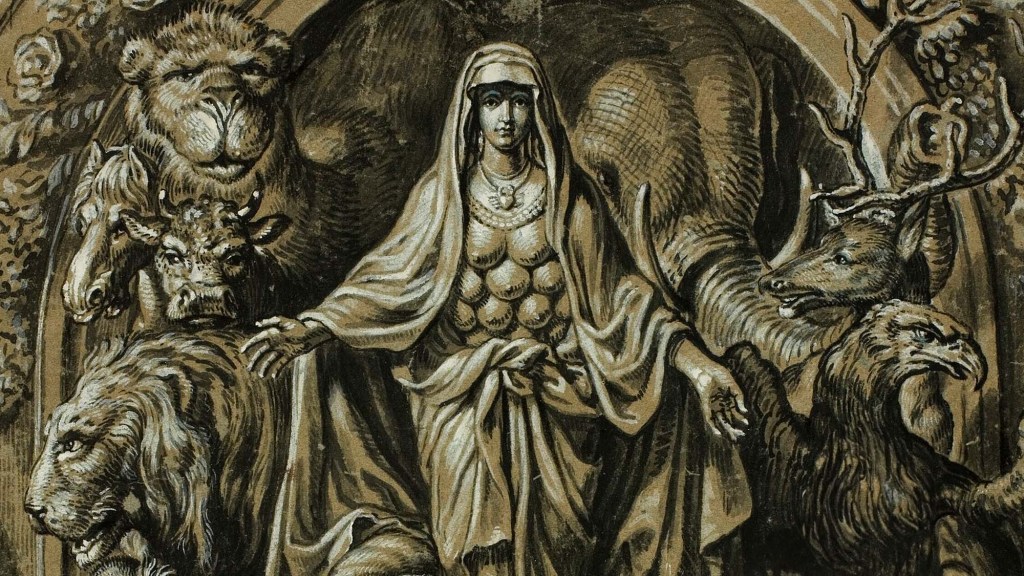SAUSALITO, CA–Ellen Brinkworth, a 37-year-old homemaker from the upscale San Francisco suburb of Sausalito, enjoys spending her free time engaged in the back-breaking labors of a 19th-century pioneer woman.

“My friend Linda came over Saturday and we spent the whole day making soap,” Brinkworth said. “We made some absolutely gorgeous shell-shaped pink hand soaps and some wonderful oatmeal facial-scrub bars. And it was so easy: All you do is dissolve lye in water, weigh out the hard and liquid oils, melt it on the stove to 110 degrees, stir until smooth, add fragrances, pour it into the molds you’ve pre-lined, wait for it to harden, cut it into blocks, and presto!”
In all, Brinkworth devoted nearly 10 hours to soap-making, a task which, until the late 20th century, was not considered an enjoyable leisure-time activity. She also spent all day Friday shopping for the necessary ingredients and supplies, which included eucalyptus oil, fresh rosemary leaves, lavender essential oil, colored wax, lye, coconut oil, palm oil, glycerin, rubbing alcohol, various fruits and dried flowers, and a soap mold.
Soap-making is not the only arduous 19th-century chore Brinkworth enjoys in her spare time. She also dips her own candles, re-upholsters foot stools, and makes her own clay pots.
“It’s so neat to make something with your own hands,” Brinkworth said. “There’s nothing more pleasurable than spending a lazy Sunday afternoon churning butter.”
According to Brinkworth, her love of grueling chores was inspired by author and television personality Martha Stewart. Brinkworth religiously watches Martha Stewart Living, a throwback to a time when women spent upwards of 14 hours a day maintaining the home. On last week’s episode, Stewart showed viewers how to hand-dye cloth with the natural coloring found in flowers, plant roots, and bits of bark–a grinding, laborious task still performed in developing nations where commercial dyes are not available.
“I absolutely adore Martha,” Brinkworth said. “I’ve gotten so many terrific ideas from her, like how to pick your own wild berries and make preserves out of them and how to refinish antique garden hand tools. I even saw an episode which showed Martha in her own hen house. Raising your own chickens–wouldn’t that be so fun?”
According to Danielle Huson of the Bay Area Historical Society, for thousands of years, raising chickens was not considered “fun.”
“Women used to do things like dye cloth, spin wool, and make candles as cost-saving measures, or because they lived too far from a major town to purchase these items,” Huson said. “They certainly didn’t do it for pleasure. In the 1800s, the average frontierswoman toiled all day long, and on the rare occasion that she had a moment of free time, she usually spent it letting her bloody calluses heal.”
Brinkworth’s favorite activity is quiltmaking, an eye-straining, finger-numbing task which originated as a way to make use of small scraps of leftover cloth.
Said Huson: “In centuries past, many women didn’t have a lot of fabric for blankets, so they were forced to make quilts out of whatever bits and pieces were lying around. Of course, to mimic these elaborate patterns, modern quilters buy yards of brand-new cloth from fabric stores and cut them up to resemble precious scraps.”
“It’s so fun to make quilts and do different crafts,” said Brinkworth, removing a hand-sewn quilt from the washing machine and tossing it into the dryer. “I swear, sometimes I think I was born in the wrong century.”







